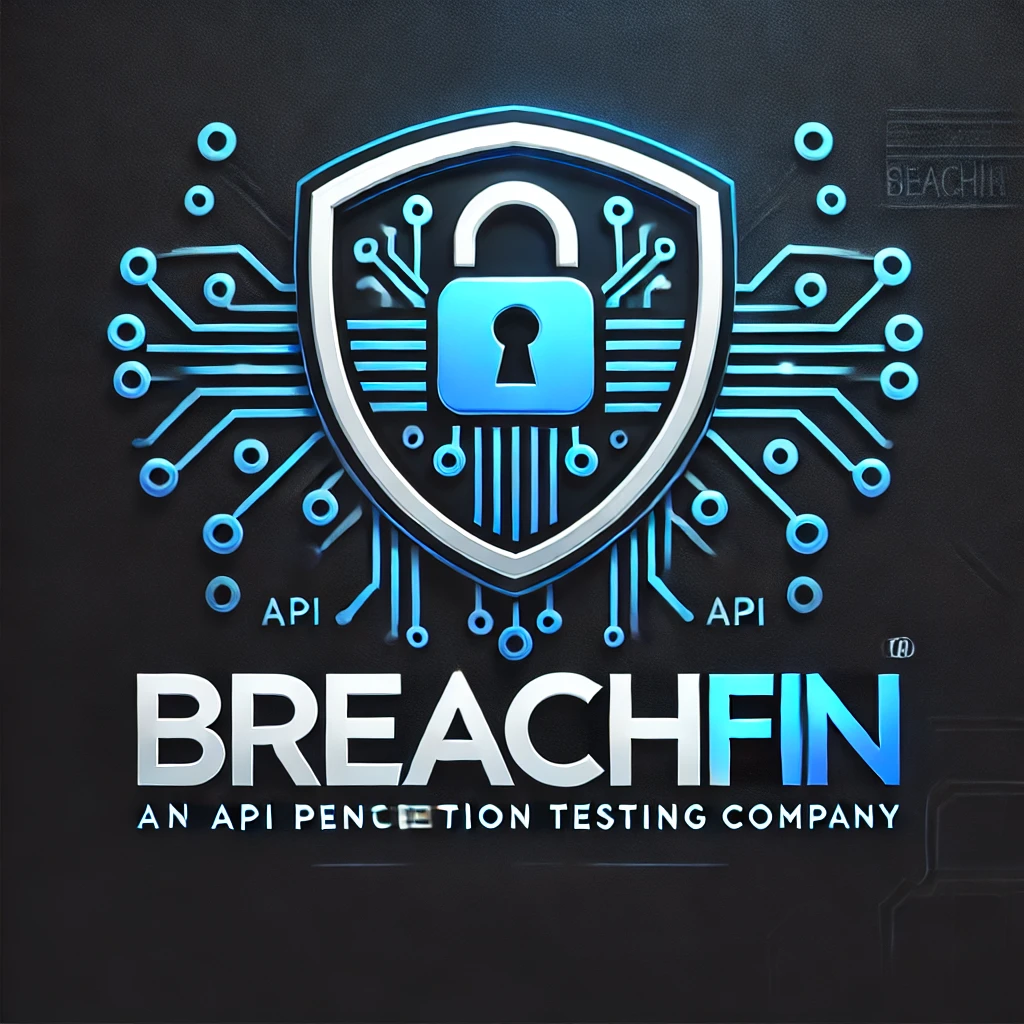Author: admin
-
The Hidden JavaScript Threats Lurking in Your Web Stack
Modern websites are assembled from layers of third-party, fourth-party, and dynamically injected JavaScript. But while most organizations track their core scripts, few account for what we call “shadow scripts” — unmonitored, unapproved, or inherited JavaScript code that silently executes in the background. These aren’t just theoretical risks. Shadow scripts are often the first foothold in…
-
CSP Bypass Techniques in 2025 — What Your Security Headers Won’t Catch
In the evolving world of client-side security, Content Security Policy (CSP) has long served as a frontline defense against cross-site scripting (XSS) and malicious JavaScript injection. But while CSP is a powerful mitigation tool, it is not impenetrable. Attackers in 2025 have become increasingly skilled at circumventing these headers—often without ever triggering a policy violation.…
-
The Hidden Risks of Hosted Payment Pages — Why You’re Still on the Hook
Introduction Many organizations believe that by using a hosted payment page (HPP) — like those offered by Stripe, PayPal, or Authorize.net — they’ve fully outsourced their PCI DSS risk. The logic is simple: “If the payment happens on their domain, we’re in the clear.” This assumption is not only wrong — it’s dangerously incomplete. What…
-
The Rise of Client-Side Supply Chain Attacks (and What to Do About It)
Introduction When you think of a supply chain attack, you probably think of SolarWinds or Log4Shell — backend incidents that ripple across entire ecosystems. But the same risk is now playing out in the browser — through the client-side supply chain. In this blog, we examine the surge in third-party frontend attacks and how businesses…
-
Why Security Teams Need Visibility into the Browser, Not Just the Backend
Introduction Security teams today excel at backend defense.They lock down APIs, enforce IAM, scan servers, monitor logs, and configure WAFs. But most of the risk in modern web applications is no longer only on the backend. It’s in the browser — where users interact with your brand, your data, and your code. This blog explains…
-
Security Headers Are Not Set-It-and-Forget-It
Introduction When companies deploy Content Security Policy (CSP), HTTP Strict Transport Security (HSTS), or X-Content-Type-Options, there’s often a sense of closure — “security headers are in place, job done.” But that mindset creates dangerous blind spots.Security headers are not a one-time setup.They are living configurations that must evolve with your frontend code, your vendors, and…
-
If You’re Not Watching Your Frontend, Someone Else Is
Introduction Security teams have long focused on locking down servers, hardening APIs, and encrypting data at rest. But in 2025, many attackers don’t need to breach your backend. They just watch your frontend — because nobody else is. This blog is a wake-up call for security leaders: if you aren’t monitoring what runs in your…
-
Digital Skimming in 2025 — Trends in Magecart, Formjackers, and Clone Scripts
Introduction Digital skimming has evolved. What started as crude JavaScript injected into checkout pages is now a sophisticated, evasive threat that mimics legitimate site behavior. In 2025, Magecart groups, formjackers, and clone script attackers are not just stealing data — they’re blending in. This blog explores the current landscape of client-side skimming and how to…
-
The Rise of Client-Side Supply Chain Attacks (and What to Do About It)
Introduction You’ve vetted your payment provider. You follow OWASP guidelines. You even run backend vulnerability scans regularly. But attackers are now breaching you through someone else’s code — code you include from third-party domains, CDNs, and tracking services. Client-side supply chain attacks are on the rise, and traditional security tools don’t catch them. This post…
-
The Hidden Risks of Hosted Payment Pages — Why You’re Still on the Hook
Introduction Many merchants believe that by using a hosted payment solution like Stripe Checkout, Shopify, or PayPal, they’re fully offloading PCI compliance risk. But that assumption is dangerously incomplete. Using a hosted payment page does not eliminate client-side security responsibilities. You may not handle the card number directly — but attackers don’t need you to.…

